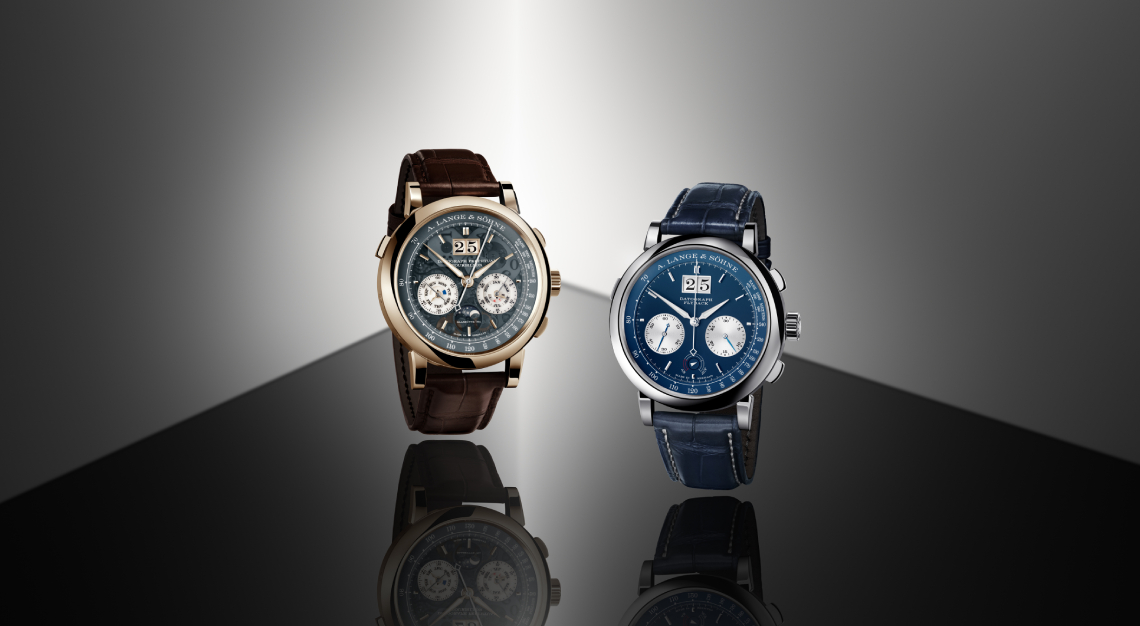In Best of the Best, we honour the brands and people behind the most covetable products. Here are our favourites from the tech world in 2024
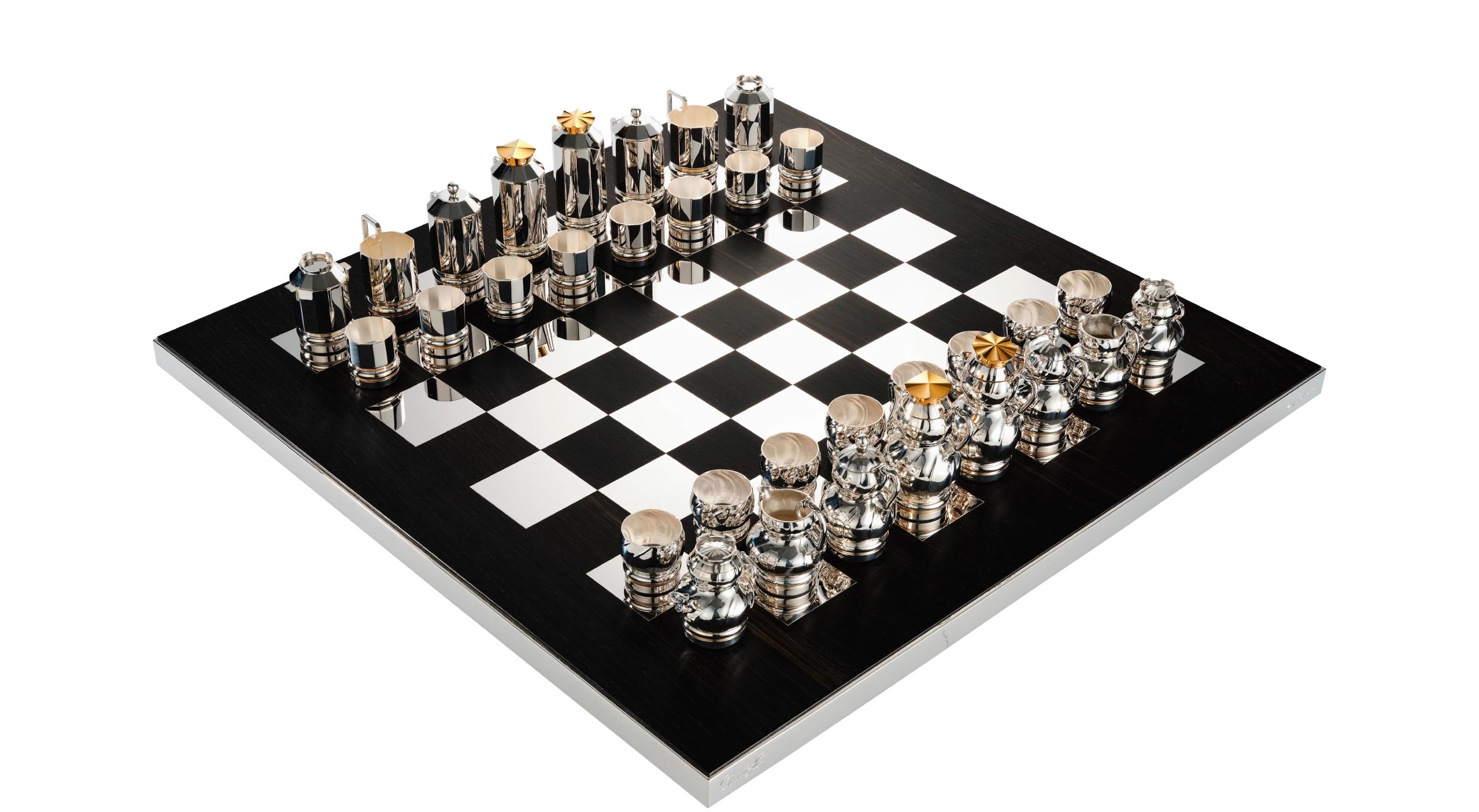
Game: Christofle Duel des Thés
Given that the contemporary hallmark embossed on Christofle’s fine silverware is a knight, a luxe chess set from the 194-year-old French tableware company—the first game it has ever produced—feels apropos. Duel des Thés is a clever nod to brand history, elegantly rendered in fossilised oak, vermeil and mirror-polished sterling silver by Christofle’s Haute Orfèvrerie workshop.
The name translates to ‘duel of teas’, which is precisely what transpires from the opening gambit, pitting the house’s famous art nouveau and art deco tea sets against one another by replacing key pieces with teapots, creamers, cups and sugar bowls. Artisans make each component—plus all the moulds and other tools used to produce them—by hand at the brand’s factory in Normandy.
The boards are assembled by Jean-Brieuc Chevalier, a cabinetmaker from Angers, who inlays the wood with reflective sterling-silver squares. Truly, a game beautiful enough to let everyone feel like a winner.
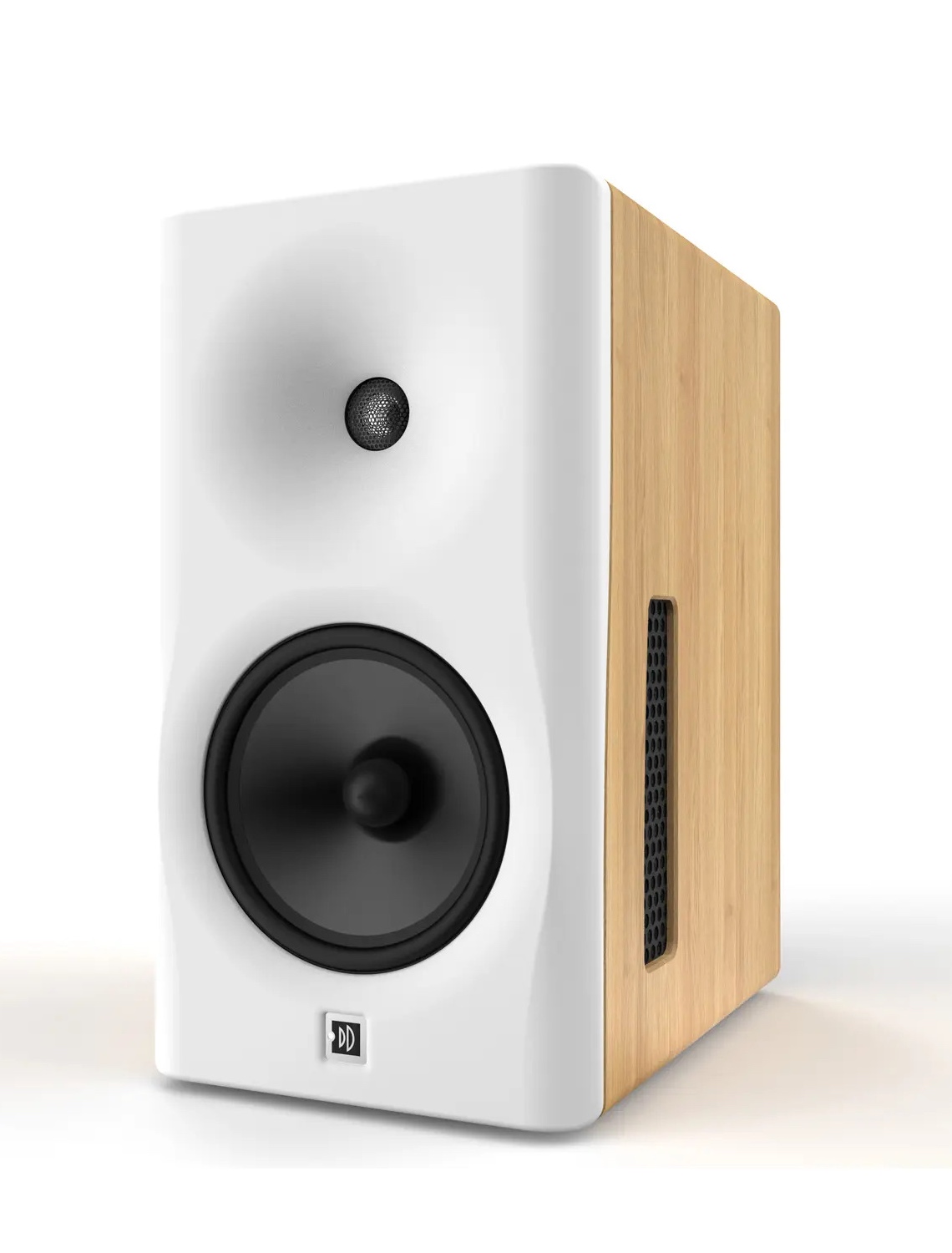
Streaming Loudspeaker: Dutch & Dutch 8C
Plug AC and Ethernet cables into these powered streaming loudspeakers from Rotterdam-based Dutch & Dutch, commandeer an iPhone or iPad, and you have a room filled with music—reproduced without excuses to audiophiles. This beautifully built stand-mounted loudspeaker packs a wallop, delivering a full-range frequency response from 30Hz to 20kHz.
Inside the finely finished solid-oak cabinet is a complement of four drivers: two 8-inch, high-excursion subwoofers, an 8-inch mid-range, and a 1-inch alloy dome tweeter, respectively powered by built-in 500W, 250W and 250W Class D amplifiers. Also on board are high-end streaming, DACs and DSP (Digital Signal Processing), which fine-tunes frequency anomalies caused by the room, allowing the speaker to be placed very close to a rear wall—a plus wherever space is at a premium.
While ideal for near-field listening or as studio monitors, these small speakers can fill larger rooms with gusto.
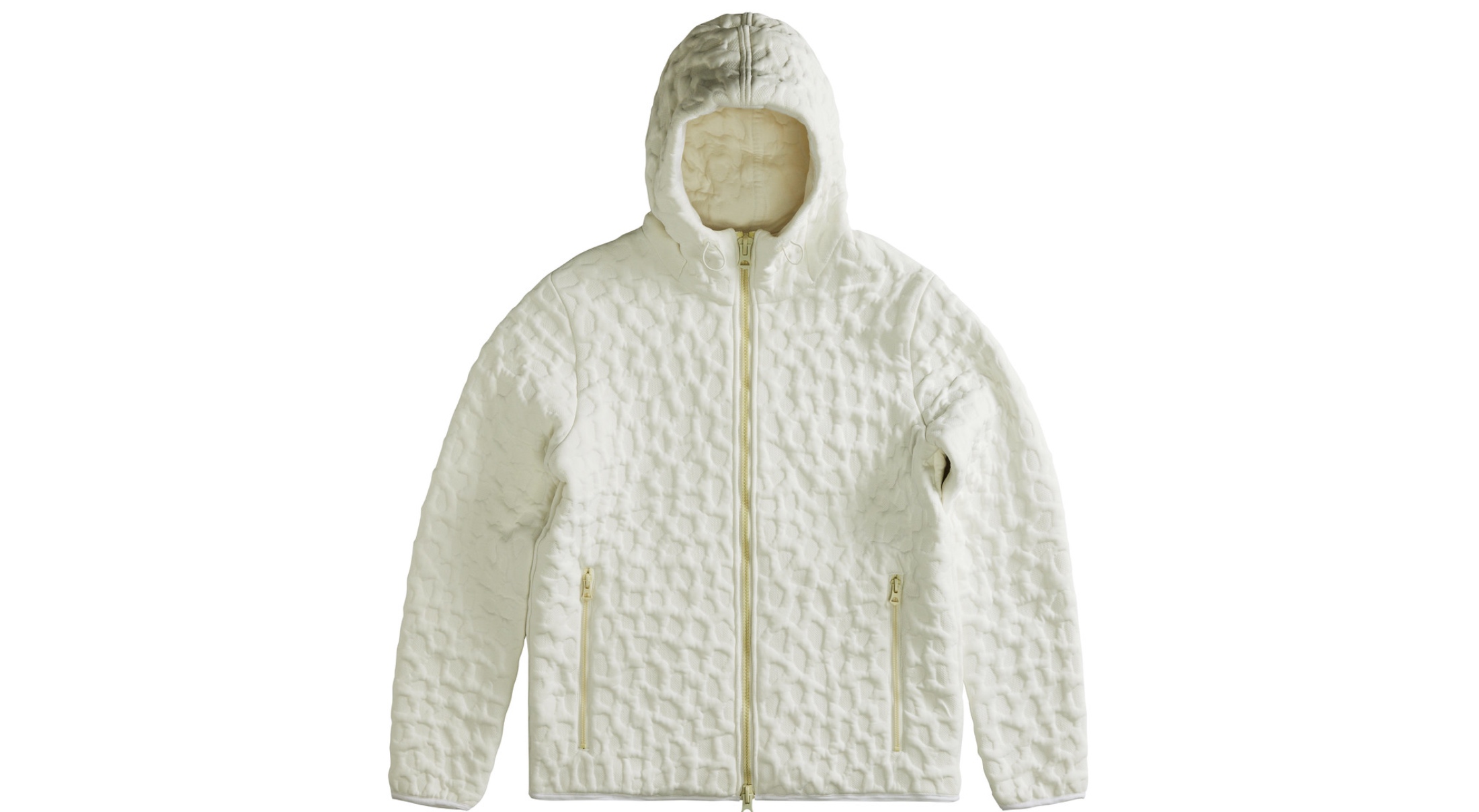
Kit: Vollebak Mars Hoodie
High-tech, future-focused Vollebak makes a range of head-scratchingly clever gear, from an Apocalypse Jacket that’s fireproof to 1,299 degrees Celsius, includes nearly two dozen pockets, and can convert into a sleeping bag, to its Full Metal Jacket, made largely of antimicrobial copper and developed for mass interplanetary travel. (Known to kill both bacteria and viruses, the element could help stop the spread of disease in the closed environment of a spaceship.)
Given all the brainpower and problem-solving that goes into its gear, the brand’s most surprising attribute might be its utter wearability. And no item is more plushly beckoning than the double-layered, 3D-knitted Mars Hoodie, made by a machine designed to build bedding.
The sculptural and ultrasoft sweatshirt has the pleasing density of a memory-foam mattress, the heft of an anti-anxiety blanket (it weighs over 1.1kg), and a textured fabric that resembles the heavily cratered surface of the Red Planet. It’s even embedded with antimicrobial silver microparticles, just in case you feel like taking a quick jaunt into space (which, remember, is an actual tourist destination now).
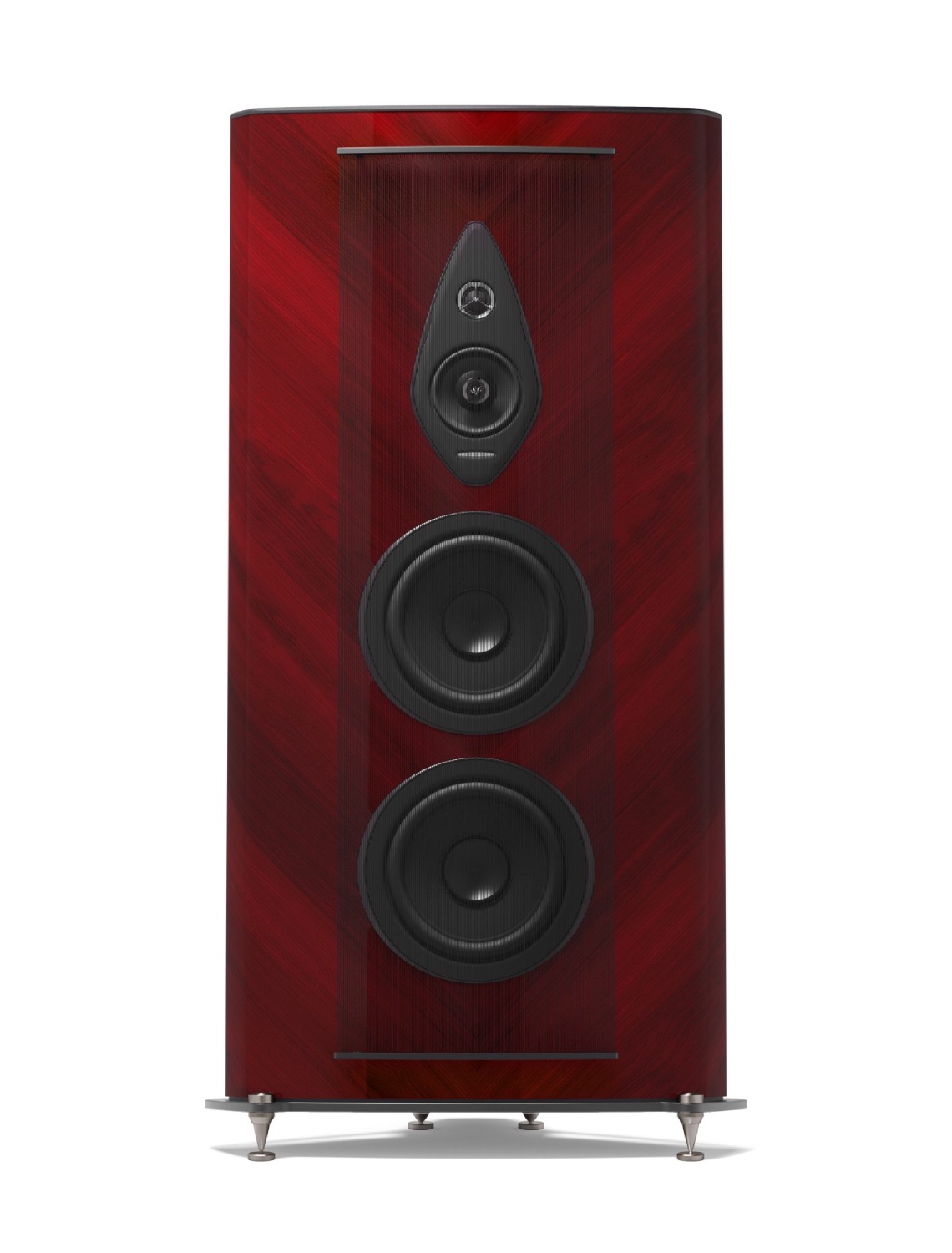
Loudspeaker: Sonus faber Stradivari G2
Sonus faber’s original Stradivari from the early 2000s established a high-water mark for sonic accuracy in a loudspeaker whose drop-dead gorgeous cabinetmaking reflected the DNA of an Italian company from the same region as famous luthiers Stradivarius and Guarneri. The G2 takes a leap forward with its even more natural presentation of detail, tone and timbre from top to bottom.
Notable is the cabinet shape, much wider than it is deep and responsible for this speaker’s organic, natural and full-bodied sound. A pair of 10-inch woofers go down to 25Hz, while the 6-inch Neodymium magnet mid-range transducer handles the crucial mid-range—from 220Hz to 2,200Hz, this driver is the speaker’s heart and soul, aided by a 1-inch soft-dome tweeter. Although relatively sensitive at 92dB, a high-current amplifier with at least 100W will go a long way toward making the Stradivari G2 sing.
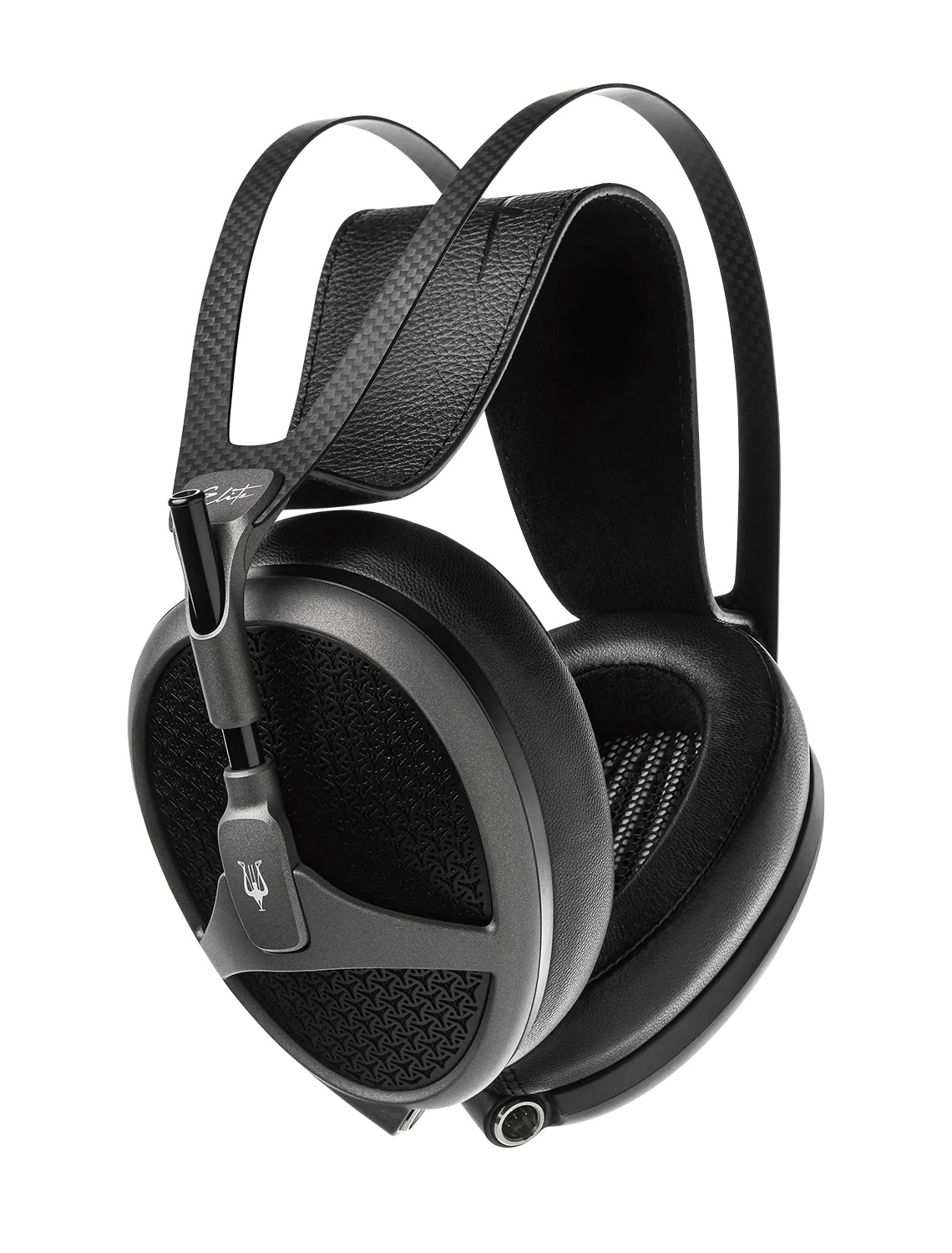
Headphones: Meze Audio Elite Tungsten
From Romania, Meze Audio’s Empyrean II garnered our praise as a headphone with electrostatic-like transparency and the low-end of a big dynamic-driver. The secret of these open-backed headphones’ accurate sound is a proprietary planar driver developed in collaboration with Ukrainian acoustics firm Rinaro Isodynamics; the Isodynamic Hybrid Array transducer emulates the shape of the human ear, with a frequency response extending from a subterranean 8Hz to a unheard-of 112,000Hz. (We mean that literally—it’s beyond the range of human hearing.)
The natural, fatigue-free sonic presentation can keep a listener enthralled for hours. We ended our review of the Empyrean II asking, “How much better can headphones get?” The Elite Tungsten presents a subtle and refined answer, with a tungsten frame featuring the durable, stone-like texture of Cerakote—a reminder that rare materials and fine craftsmanship are the purview of high-end audio as much as of watchmaking or coachbuilding. An extra helping of mid-range finesse nudges the Elite into flagship-headphone territory.
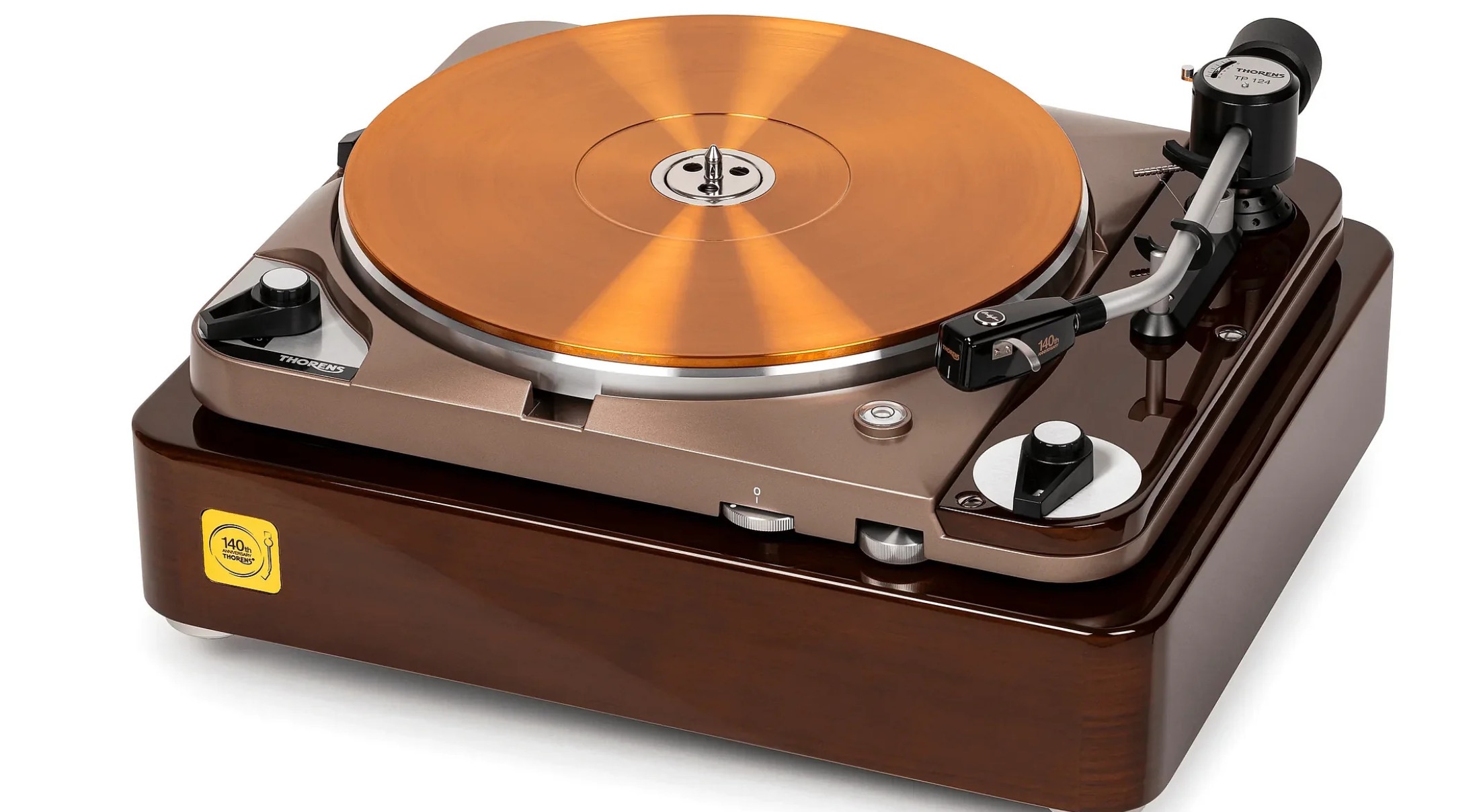
Vinyl playback: Thorens TD 124 DD 140th Anniversary (with Ortofon SPU 140th Anniversary Cartridge)
Some designs simply can’t be improved upon. Park most new supercars next to a 58-year-old Lamborghini Miura and chances are the old-timer will command more attention than the upstart. Consider this Thorens turntable to be the best of both worlds. The TD 124 DD revisits a timeless product on the event of its 140th Anniversary Edition, adding a copper platter and other refinements (both mechanical and aesthetic) while delivering performance that eclipses most new turntables.
It looks nearly identical to the original TD 124 made from 1957 to 1967 (good news) while differing by using a direct-drive motor rather than idler-drive to rotate the platter (also good news). Its tonearm, appearing identical but much improved, uses a special 140th anniversary Ortofon SPU moving-coil cartridge with silver wire that brings overflowing life, with force and impact, to LP playback.
Integrated amplifier: Dan D’Agostino Momentum MxV
Among the most ambitious audio products of the year is Dan D’Agostino’s Momentum MxV Integrated Amplifier, which combines a line-stage preamplifier, stereo amplifier, and optional phono stage and streaming DAC in a single-chassis unit whose monumental appearance is as remarkable as its performance. Just add speakers, and maybe a turntable, to build a stereo system that will satisfy any (reasonable) audiophile.
Compared to the best separates, integrated amplifiers are typically a significant compromise—short on power, sonic finesse or both. In fairness, most are also 10 to 20 times less expensive than the Momentum, whose combination of massive power supplies and overengineered amplification delivers 250 watts per channel at 8 ohms, using audio circuitry nearly indistinguishable from the Momentum Series separates. Whether used to stream digital sources or as the nucleus of a vinyl rig, this integrated amplifier makes a compelling argument that, price notwithstanding, less is more.
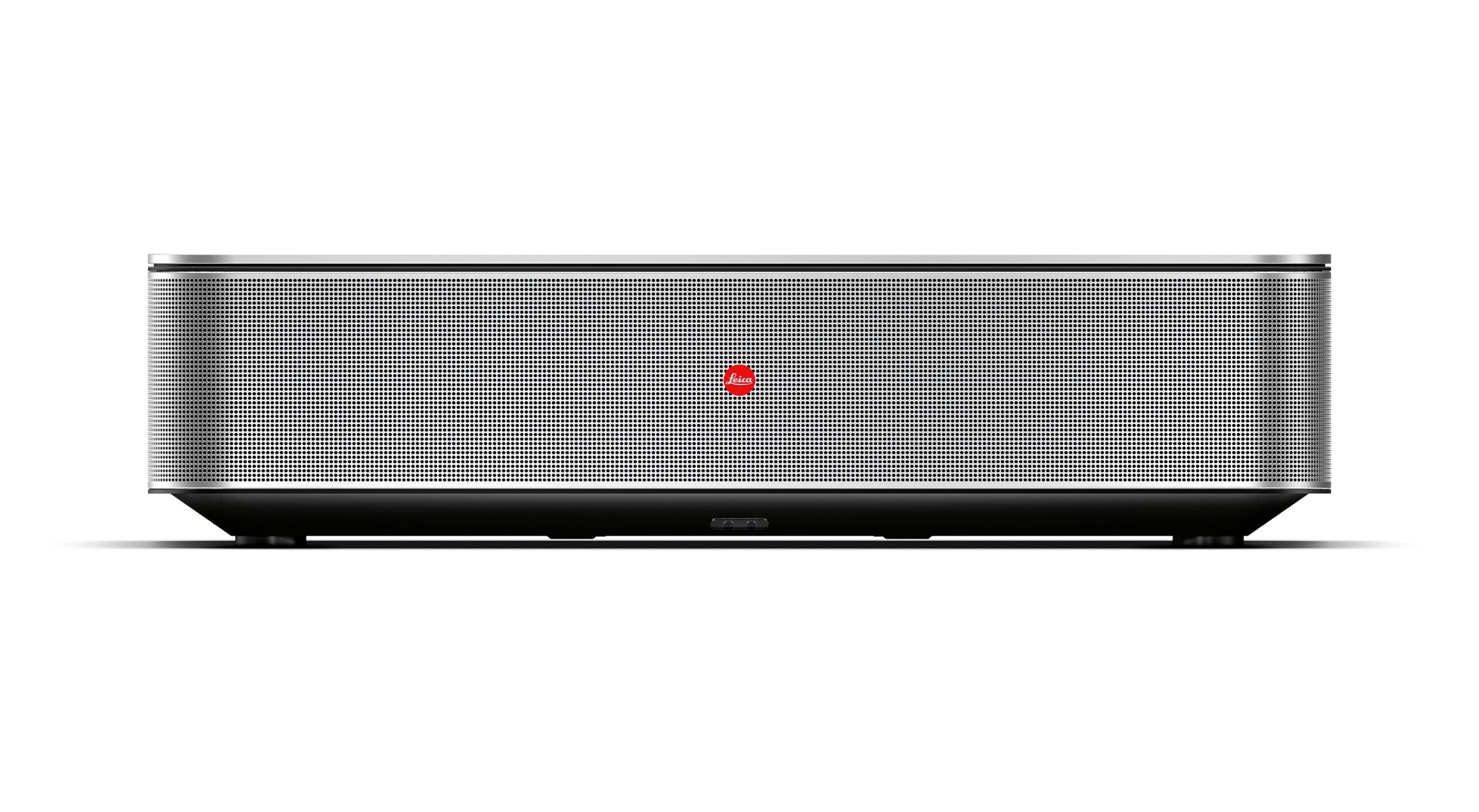
Home projector: Leica Cine 1
Projector technology has progressed leaps and bounds since the faded, fuzzy images of old, but the depth and clarity provided by Leica’s ultra-short-throw Cine 1 is still remarkable to behold. An ultrabright, RGB laser-lighting system and Leica Summicron lens are housed in a sleek aluminium case (the remote is made of the same material) with softly rounded edges and an expansive wraparound grille—all the better to enjoy the remarkably robust built-in sound system, which boasts a pair of 25W speakers, thumping bass, impressive dynamic range and Dolby Atmos support. Thoughtful touches include adjustable legs and a motorised dust cover, but the picture, naturally, steals the show.
With a native resolution of 1,920 x 1,080 pixels (4K is supported via DLP XPR technology), staggering contrast ratio, and a claimed peak brightness of 3,000 lumens, the laser lighting provides a huge range of colours, including rich, deep blacks, and remains equally crisp at the edges of the image. Leica actually produces three separate machines: one for use with screens of exactly 80 inches, the other for 100-inch displays and another for 120 inches. All three come with Apple AirPlay as well as three HDMI inputs (including one with soundbar support) that receive all the main dynamic range formats, including Dolby Vision.

Wearable: Apollo Neuro Apollo
The current crop of wearables—Whoop, Oura Ring, Apple Watch and the like—are shockingly good at tracking biometric data, everything from daily steps to blood-oxygen levels to heart-rate variability. Which is nice if you know how to parse the numbers, but wouldn’t it be better if those devices could actually do something to help regulate your physical and emotional states? That’s precisely why Dave Rabin, MD, PhD, invented Apollo, a wearable that uses a range of vibrational frequencies to help you relax, perk up, de-stress, recover from a workout, fall asleep, et cetera.
Born from neuroscience research at the University of Pittsburgh (Rabin is a neuroscientist as well as a board-certified psychiatrist) and backed by clinical research, the screenless device pairs with a slick and intuitive app, which creates a customised 24-hour schedule to provide energy when you need it and calm when you don’t; with use over time, your central nervous system adapts, leading to improved sleep, cardiovascular metrics, stress management and more. It sounds like science fiction, but we’re happy (and amazed) to report that it works.
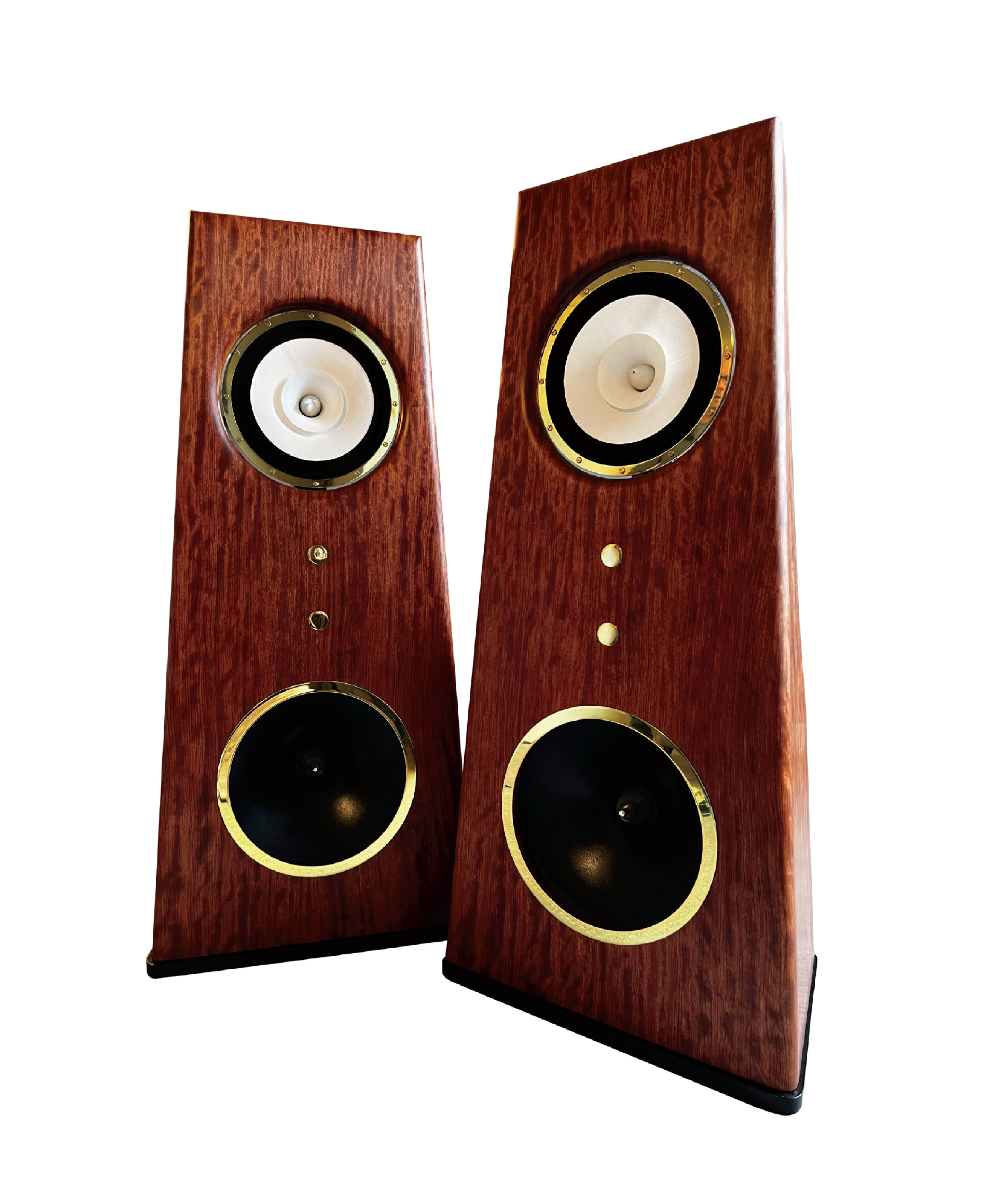
Artisanal Audio Component: Songer S2 Loudspeakers
Ken Songer is a former software engineer who has devoted the past 10-plus years to developing two very special loudspeakers, the S1 and the larger S2. The transducers are powered by extremely potent field-coil magnets, each weighing nearly 14kg, and Songer hand-builds the cones for each from Japanese paper. The result is music reproduced with lightning-fast transients, transparency and timbral accuracy.
Remarkably, this full-range driver covers a span of 20kHz down to 30Hz, and the S2 employs an additional 15-inch bass driver to supplement frequencies below 130Hz to 30Hz. Weighing 68kg, the 119cm-tall open-baffle cabinet is constructed in a choice of hardwoods, and both drivers are embellished with jewel-like brass and aluminium details. With 93dB efficiency, the S2 is a perfect match with low-power tube amplifiers. An overall tour de force of technology and obsessive craftsmanship.
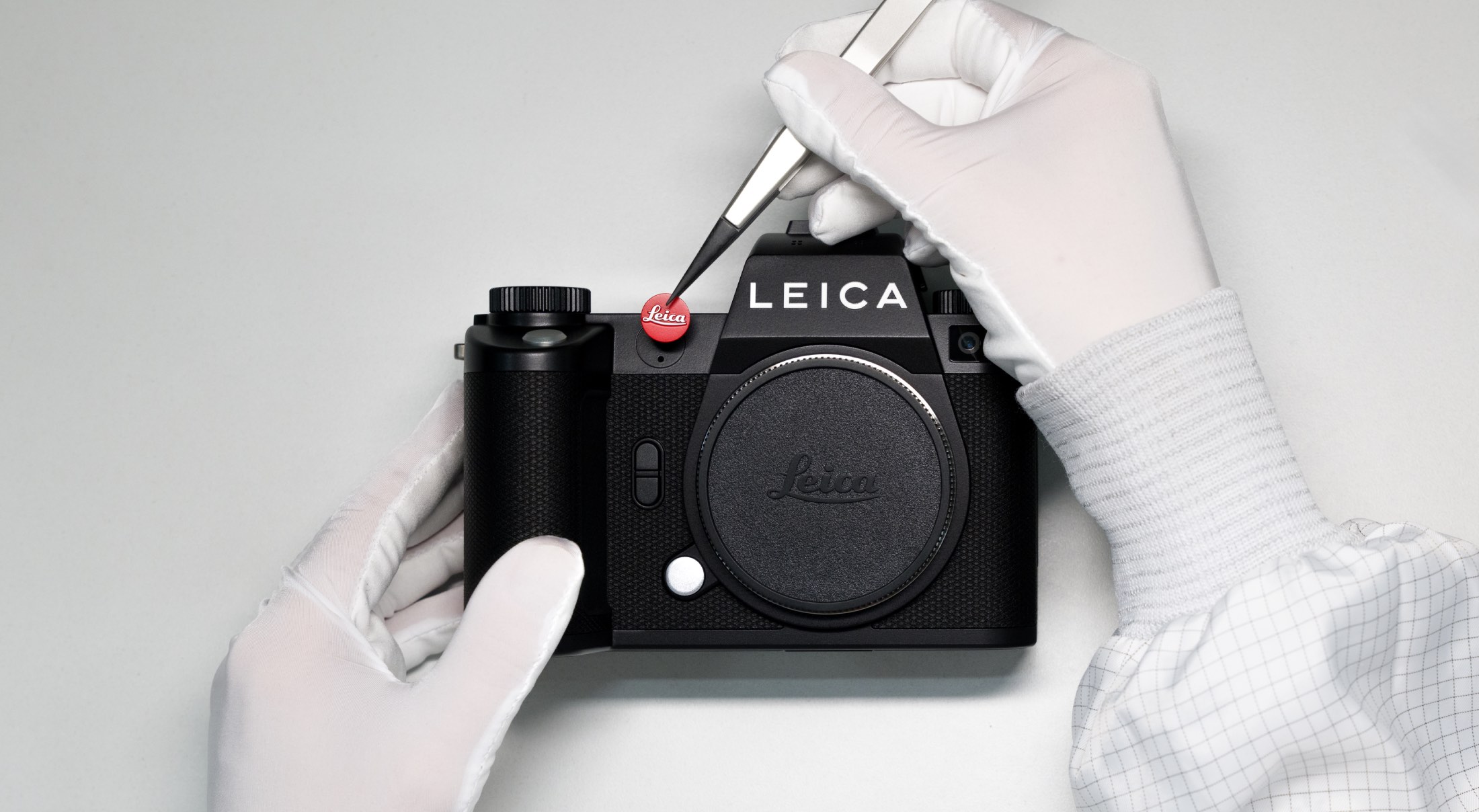
Mirrorless Camera: Leica SL3
Leica may not be synonymous with mirrorless cameras, but ever since the German manufacturer entered the market with the release of its full-frame mirrorless SL line in 2015, it has gone from strength to strength. Case in point: the SL3. Unlike the SL2, its predecessor from 2019, the camera’s 2.36-million dot back display now tilts vertically, allowing photographers to shoot from less than conventional angles. There’s also a new quick menu that enables seamless adjustments of camera settings directly from the LCD panel.
What truly elevates the SL3 from the rest of the mirrorless cameras released this year, however, is its sublime image quality. Paired with a new processor, its 60-megapixel BSI CMOS sensor captures breathtaking detail, effortlessly delivering crisp images enriched by Leica’s famed colour science. Boasting an expansive dynamic range and ISO spectrum of 50 to 100,000, you can be sure the SL3 will deliver impeccable quality, whether you’re at the beach with the family, or at a romantic candlelit dinner.



